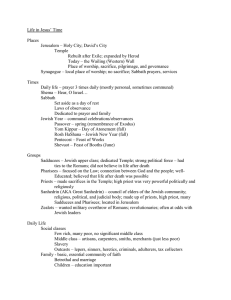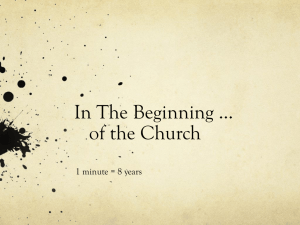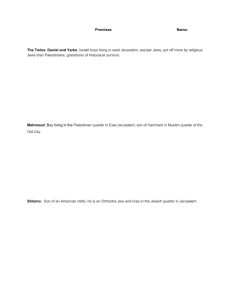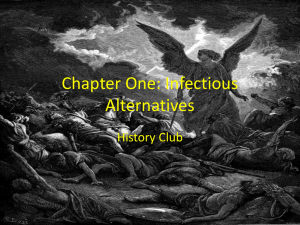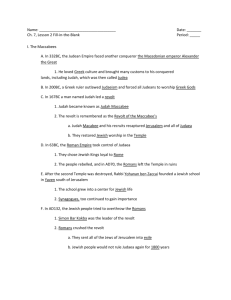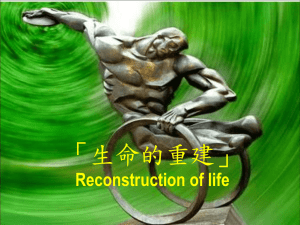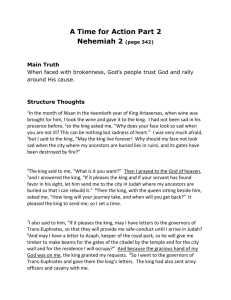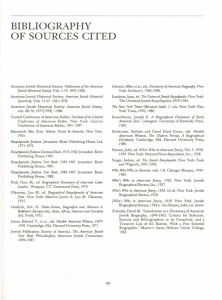2005 Final Exam - University of Maryland
advertisement
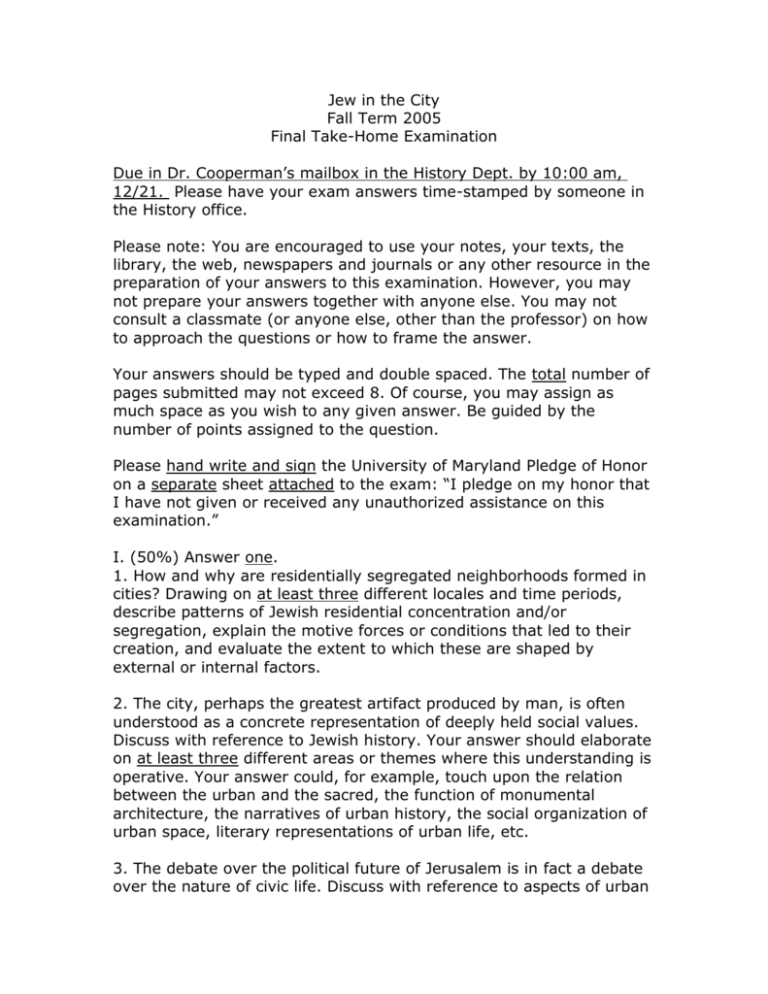
Jew in the City Fall Term 2005 Final Take-Home Examination Due in Dr. Cooperman’s mailbox in the History Dept. by 10:00 am, 12/21. Please have your exam answers time-stamped by someone in the History office. Please note: You are encouraged to use your notes, your texts, the library, the web, newspapers and journals or any other resource in the preparation of your answers to this examination. However, you may not prepare your answers together with anyone else. You may not consult a classmate (or anyone else, other than the professor) on how to approach the questions or how to frame the answer. Your answers should be typed and double spaced. The total number of pages submitted may not exceed 8. Of course, you may assign as much space as you wish to any given answer. Be guided by the number of points assigned to the question. Please hand write and sign the University of Maryland Pledge of Honor on a separate sheet attached to the exam: “I pledge on my honor that I have not given or received any unauthorized assistance on this examination.” I. (50%) Answer one. 1. How and why are residentially segregated neighborhoods formed in cities? Drawing on at least three different locales and time periods, describe patterns of Jewish residential concentration and/or segregation, explain the motive forces or conditions that led to their creation, and evaluate the extent to which these are shaped by external or internal factors. 2. The city, perhaps the greatest artifact produced by man, is often understood as a concrete representation of deeply held social values. Discuss with reference to Jewish history. Your answer should elaborate on at least three different areas or themes where this understanding is operative. Your answer could, for example, touch upon the relation between the urban and the sacred, the function of monumental architecture, the narratives of urban history, the social organization of urban space, literary representations of urban life, etc. 3. The debate over the political future of Jerusalem is in fact a debate over the nature of civic life. Discuss with reference to aspects of urban life illustrated in at least three times and/or places other than contemporary Jerusalem. [A good answer will try to put present debates about Jerusalem into a comparative and historical context.] Be specific about what you mean by “civic life.” II. (50%) Answer two. 4. There have been several violent (and even fatal) confrontations between Lubavitch Hasidim and their non-Jewish neighbors in Crown Heights, Brooklyn. Are these pogroms? urban riots? Base your answer on the readings we dealt with in class about the nature and dynamic of anti-Jewish riots in at least two other areas. 5. It is often claimed that America has been devoted from its inception to the positive value of ethnic diversity as a cultural norm and a source of economic growth. Discuss and, drawing on our class readings (as well as any other sources you wish) decide how the Jewish urban experience has reflected or refuted this assumpiton. 6. The sacredness of Jerusalem is one of the “givens” of much political discussion these days. Describe how Jerusalem became, and then remained, sacred for Jews. How has this sacredness affected state policy in modern times? How does this understanding of the city as sacred line up with what you know about urban history generally? 7. The experience of women in the American Jewish community has been used by scholars, writers of fiction, and film makers as a key to the general experience of Jews in the modern city. Give examples and explain how each writer or film maker you cite understands the linked processes of modernization, urbanization and Americanization. 8. The conditions of urban life have often been understood as inimical to the preservation of Jewish identity. Basing yourself on the readings (and films) assigned for the course, illustrate how this contention is put forward by at least two authors and discuss its merits.
